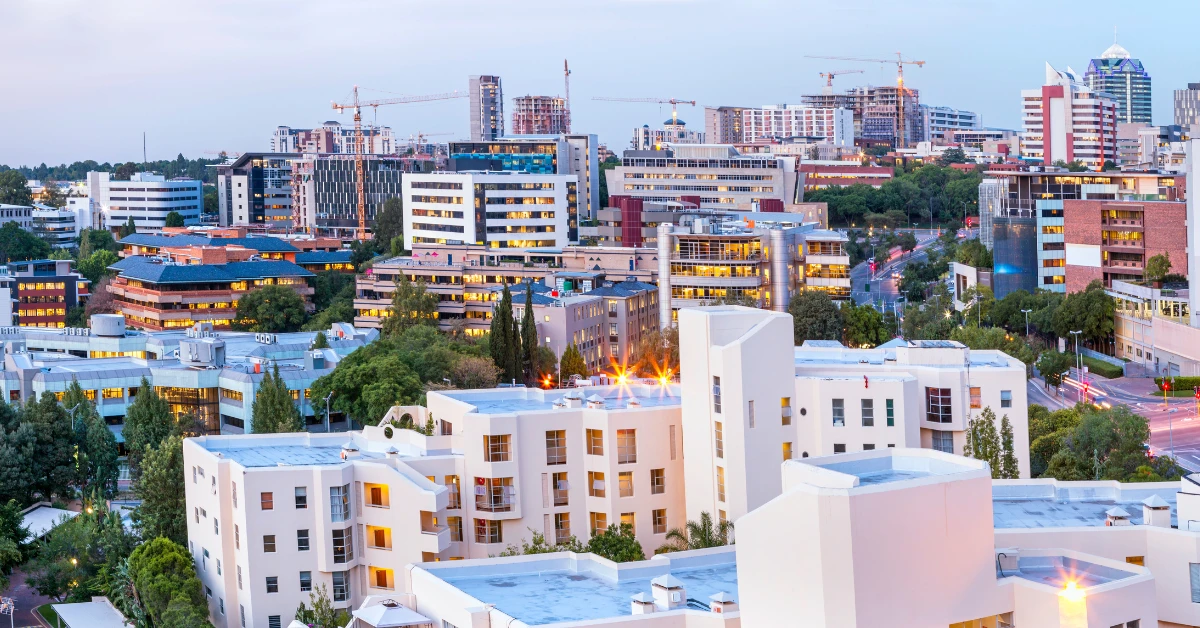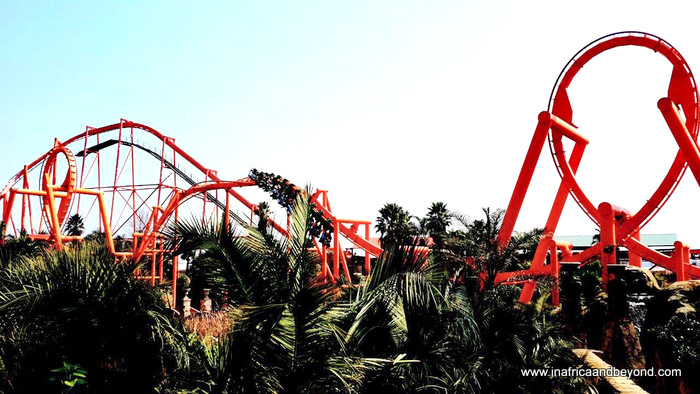Rumored Buzz on Johannesburg North Attractions
Rumored Buzz on Johannesburg North Attractions
Blog Article
Everything about Johannesburg North Attractions
Table of ContentsSome Known Incorrect Statements About Johannesburg North Attractions How Johannesburg North Attractions can Save You Time, Stress, and Money.About Johannesburg North AttractionsIndicators on Johannesburg North Attractions You Should KnowSome Ideas on Johannesburg North Attractions You Should KnowHow Johannesburg North Attractions can Save You Time, Stress, and Money.
The city owes its area to the visibility of a much more precious resource: gold. The city expanded on the edge of the Witwatersrand Main Coral reef, a below ground stratum of gold-bearing quartz-silica corporation that arcs for hundreds of miles beneath the Highveld. Most of the gold mines in the city stopped operation in the 1970s, yet in its day the Witwatersrand gold market represented more than 40 percent of the globe's yearly gold manufacturing.Johannesburg has a temperate environment. Summer temperatures balance regarding 75 F (24 C); winter season temperature levels balance about 55 F (13 C) and just occasionally dip listed below freezing. The city enjoys concerning eight hours of sunshine per day in both wintertime and summer. Rain averages regarding 28 inches (700 millimetres) per annum, however the total varies substantially from year to year.
What rainfall the city obtains falls virtually specifically in the summertime, typically in magnificent late-afternoon electric tornados. Air pollution presents a substantial issue, specifically in the winter season, when thermal inversions hamper the westward circulation of air from the Indian Sea. Pollution is most serious in the largely settled Black towns on the city's perimeter, where several residents still depend on coal for gas.

Little Known Questions About Johannesburg North Attractions.
The equilibrium of the city is occupied by whites. Lodging differs in personality and high quality.
Physical development, although somewhat limited by transportation, proceeded quickly as migration to South Africa, and Johannesburg specifically, increased substantially. This problem was resolved in the 1930s when the car was presented in automation to South Africa. Automobiles were, for the many component, confined to the well-off, and allowed them to relocate to the north of the city and commute right into the centre.
A lot of poor suburbs were combined, with poor blacks and whites living with each other, although the rich residential areas were generally scheduled for whites.
The previous system of eleven numbered areas was reorganised in 2006. Marshalltown, as seen from the top of the Carlton Centre. The M1 and M2 run behind the buildings, and the southerly residential areas expand past the freeway boundary. The internal city of Johannesburg is situated within the city's Region F. The approximated populace of the region is 200,000, [] however the variety of people staying in the inner city on an informal basis is unidentified, as numerous are prohibited immigrants. Most higher-income citizens and white individuals have moved to the north residential areas and have been replaced by lower-income black individuals. The joblessness, education, and age accounts of the location are all unidentified, because of the trouble of obtaining trusted info concerning the area.
Getting My Johannesburg North Attractions To Work
Centred on the CBD, the area consists of the suburban areas of Yeoville, Bellevue, Troyeville, Jeppestown, and Berea to the east. To the west it spreads to Pageview (Johannesburg North attractions) and Fordsburg. There are small industrial parks to the south, such as City West-Denver and Benrose. Around 800,000 travelers pass with the central city each day, and it functions as a regional shopping node for visitors from the southerly suburban areas. Yeoville and Bellevue have a mix of apartment or condo buildings and solitary domestic units on tiny lots. The area is located on a hilly divide that runs from east to west.

Johannesburg Arena, a training school for both the Golden Lions and Orlando Pirates, is surrounding. The eastern suburbs of Johannesburg lie in the city's 7th [] and 9th [] regions. The area is likewise functionally incorporated with East Rand boundary towns outside of the official border of Johannesburg, such as Bedfordview look at more info and Edenvale (both component of Ekurhuleni Metropolitan Community).
Johannesburg North Attractions for Beginners
R. Tambo International Flight Terminal). The eastern suburbs are several of the earliest areas of Johannesburg, there are huge neighborhoods of Jewish and other European histories, the bulk of the population is English talking. There are 3 fairway as well as a variety of secured ridges with viewsites. There are several strong and up-market amusement and buying areas in the eastern such as the Eastgate Mall and the Greenstone shopping center.
The location is mostly made up of old "matchbox" houses, or four-room residences built by the government, that were developed to provide inexpensive holiday accommodation for black workers throughout apartheid. Soweto is an acronym, standing for "South Western Townships". Street after street in this field is lined with matchboxes; however, there are a couple of smaller sized areas where thriving Sowetans have actually built residences that are more comparable in stature with those in even more affluent suburban areas.
Hostels are an additional prominent physical function of Soweto. Initially built to house male migrant employees, several have been enhanced as residences for couples and family members. The N1 Western Bypass skirts the eastern boundary of Soweto. The suburban area was not traditionally permitted to create work centres within the location, so nearly all of its homeowners are travelers to other parts of the city.
Getting My Johannesburg North Attractions To Work
The domestic locations in the northern suburban areas are primarily official, with no significant locations of casual housing, or real site web estate that does not have an irreversible structure. This is an established location, there is a trend of land usage change from property to commercial, particularly along main arterial roads and around well-known nodes.
The area is well attached to road networks, particularly along the north-south axis formed by the M1 and N1. Roads to the eastern and west are much less well developed, as there are no highways taking a trip in that instructions. In the direction of the north boundary of the city, the thickness of development decreases, leaving big locations of undeveloped land around Midrand.
An Unbiased View of Johannesburg North Attractions
The very first suburban area to the north of the central city is Parktown, which is located on a hill ignoring the central city and Hillbrow. It has numerous well-off homeowners and Edwardian-design estates, along with the Education and Clinical universities of the College of the Witwatersrand. The big concrete review Charlotte Maxeke Johannesburg Academic Health Center dominates the horizon of Parktown.
Report this page